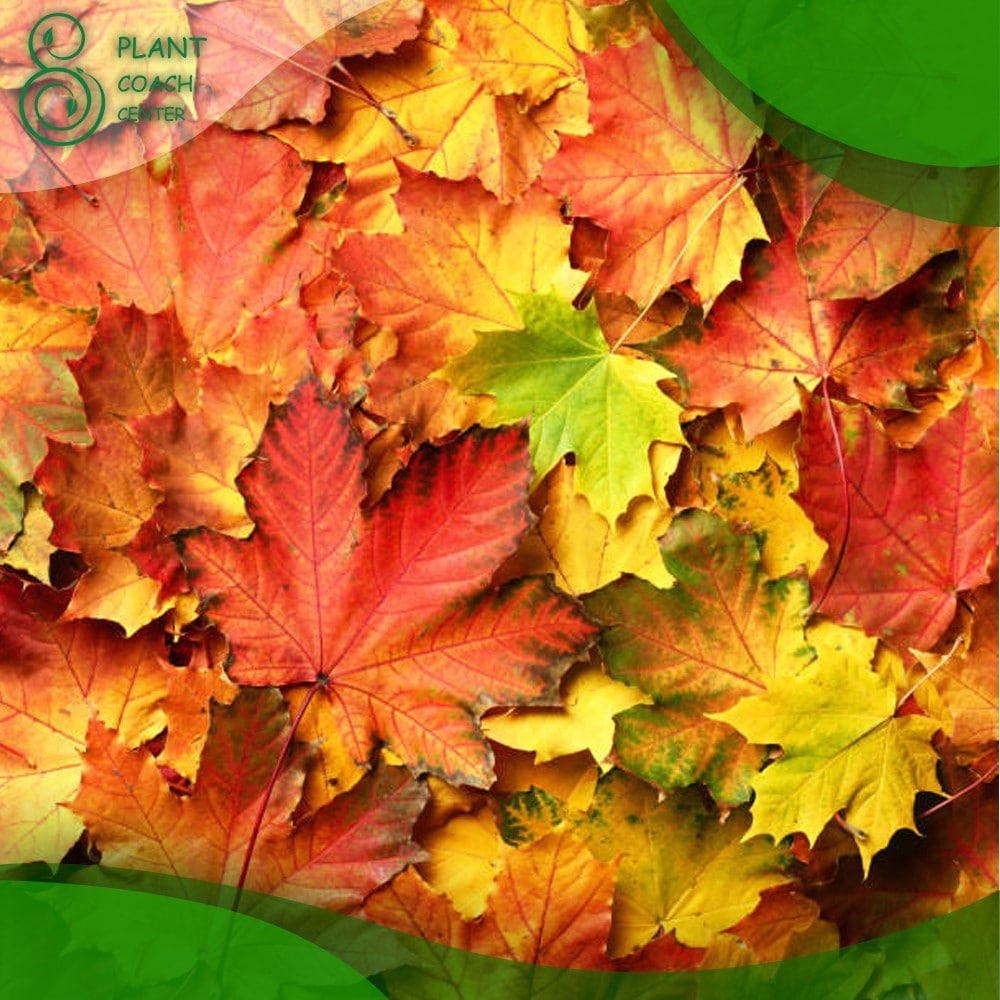When to Plant For Fall
Gardening can be a rewarding and fulfilling experience, but it also comes with its challenges. That’s where plant coaching comes in. At PlantCoachCenter.com, we believe in empowering gardeners with the knowledge and guidance they need to overcome plant problems and achieve gardening success.
In this comprehensive guide, we will focus on one crucial aspect of gardening: knowing when to plant for fall. We’ll cover everything from timing and plant selection to troubleshooting common issues, helping you make the most of your fall garden. Let’s dive in!
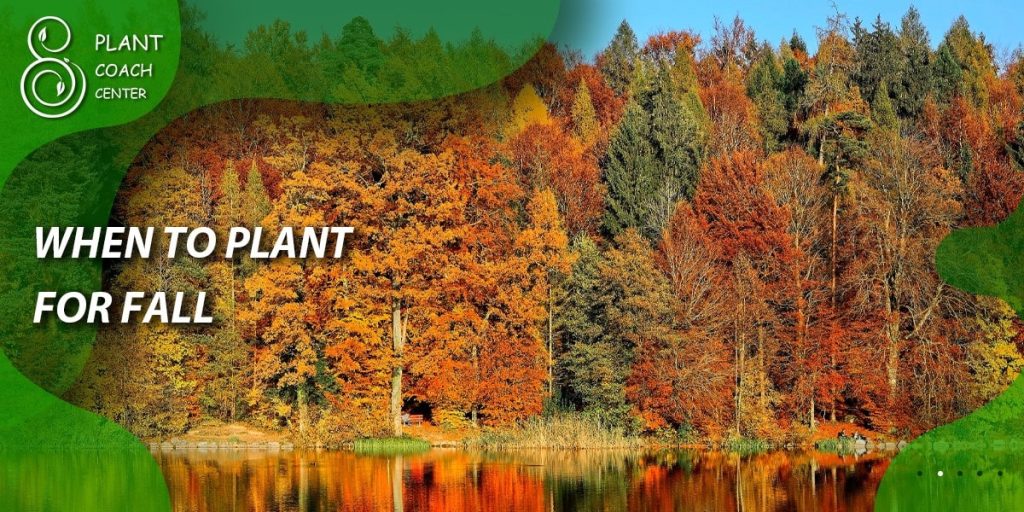
Importance of Timing: When to Plant for Fall
Fall planting plays a vital role in maximizing your garden’s potential. By understanding the fall planting season and considering various factors, you can ensure optimal growth and harvest. Here’s what you need to know:
- Understanding the Fall Planting Season
– The fall planting season typically begins when the summer heat starts to subside and extends until the first frost arrives.
– It provides an opportunity to grow cool-season crops, establish perennials, and prepare for a bountiful harvest.
- Factors Influencing Fall Planting Dates
– Climate and Hardiness Zones: Different regions have varying climates and hardiness zones, which affect the timing of fall planting.
– First Frost Date: Knowing the average date of the first frost in your area is crucial for determining when to plant and when to expect harvest.
– Days to Maturity: Consider the days to maturity of the crops you want to grow to ensure they have enough time to mature before cold weather arrives.
- Regional Variations in Fall Planting Timelines
– Fall planting dates can vary significantly depending on your location. Research your specific region or consult local gardening resources for precise timing.
– Take into account factors such as temperature fluctuations, average rainfall, and the length of the growing season in your region.
At PlantCoachCenter.com, we provide region-specific planting guides and personalized advice to help you determine the ideal timing for your fall planting endeavors.
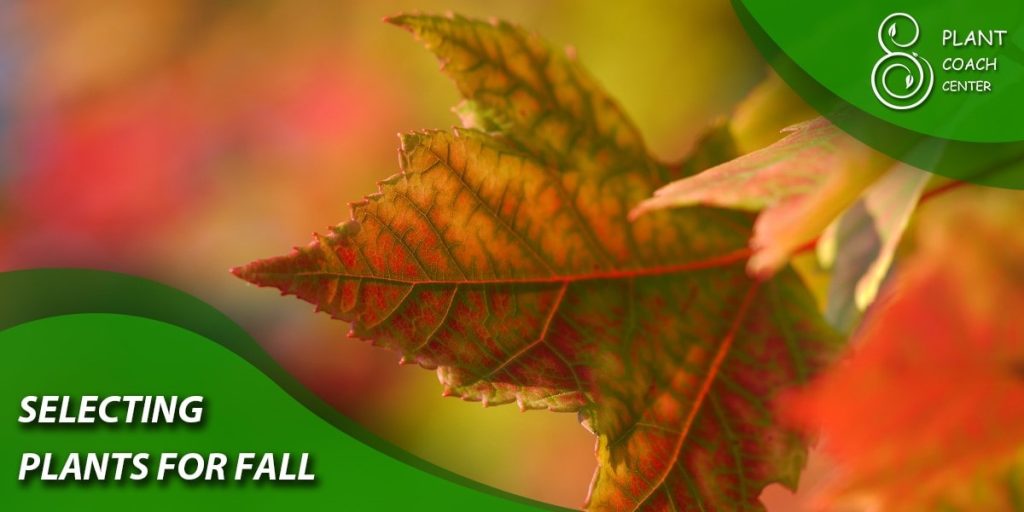
Selecting Plants for Fall
Choosing the right plants for fall is essential for a successful harvest. Here are some considerations:
- Best Plant Choices for Fall Planting
– Cool-Season Vegetables: Opt for vegetables like kale, spinach, lettuce, radishes, carrots, and broccoli, which thrive in cooler temperatures.
– Fall Flowers: Brighten up your garden with fall-blooming flowers such as chrysanthemums, pansies, asters, and ornamental kale.
- Cold-Hardy Vegetables for Fall Harvest
– Kale: Varieties like ‘Winterbor’ and ‘Red Russian’ are known for their cold tolerance and can be harvested throughout the fall and even into winter.
– Brussels Sprouts: These delicious veggies develop best in cooler temperatures and can withstand light frosts.
- Ornamental Plants for Fall Color and Interest
– Ornamental Grasses: Add texture and movement to your fall garden with grasses like Miscanthus, Panicum, and Pennisetum.
– Fall-Blooming Shrubs: Consider plants such as witch hazel, beautyberry, and burning bush for vibrant autumn colors.
Preparing Your Garden for Fall Planting
Before you start planting for fall, it’s essential to prepare your garden adequately. Here are the key steps to take:
- Evaluating and Amending Soil Conditions
– Conduct a soil test to determine its pH level and nutrient content. Adjust the pH if necessary and address any nutrient deficiencies.
– Incorporate organic matter such as compost or well-rotted manure to improve soil structure, fertility, and moisture retention.
- Clearing and Preparing Planting Areas
– Remove any remaining summer crops, weeds, and debris from the planting areas.
– Loosen the soil using a garden fork or tiller, breaking up clumps and removing rocks or roots that may hinder plant growth.
- Implementing Crop Rotation Strategies
– Rotate your crops to prevent the build-up of pests and diseases. Avoid planting the same family of plants in the same area year after year.
– Follow a systematic rotation plan, considering factors like plant families, nutrient requirements, and disease susceptibility.
By preparing your garden adequately, you create a favorable environment for your fall plants and ensure their healthy growth.
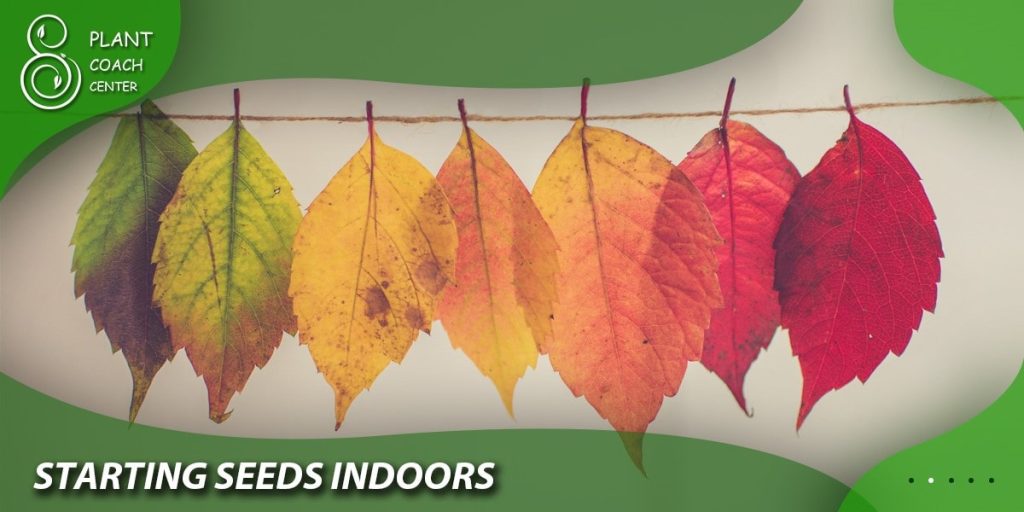
Extending the Growing Season: Starting Seeds Indoors
Starting seeds indoors is a valuable technique for extending your growing season and getting a head start on fall planting. Here’s what you need to know:
- Benefits of Starting Seeds Indoors
– Earlier Planting: By starting seeds indoors, you can give your plants a head start and extend the growing season.
– Greater Control: Indoor sowing allows you to control temperature, moisture, and light conditions, ensuring optimal germination and early growth.
– Expanded Variety: Starting seeds indoors opens up a wide range of plant varieties that may not be available as transplants.
- Selecting Appropriate Seeds for Indoor Sowing
– Choose seeds that require a longer growing season and those that benefit from an early start, such as tomatoes, peppers, and certain herbs.
– Consider the specific requirements of each plant, including temperature preferences, germination time, and light needs.
- Step-by-Step Guide to Starting Seeds Indoors
– Select suitable containers, seed-starting mix, and labeling tools.
– Sow the seeds at the appropriate depth and spacing, following the instructions on the seed packet.
– Provide adequate warmth, light, and moisture for successful germination.
– Transplant seedlings into larger containers or the garden when they have developed sufficient size and strength.
Starting seeds indoors gives you a head start on your fall garden and increases your chances of a successful harvest. Visit PlantCoachCenter.com for detailed guides on indoor seed starting techniques and specific plant recommendations.
Planting Techniques and Tips for Fall
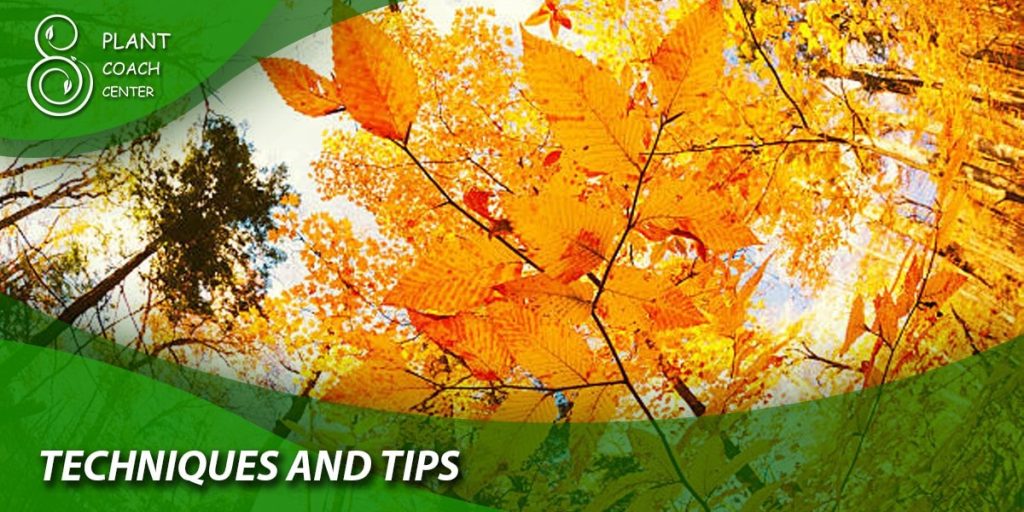
Proper planting techniques are crucial for the success of your fall garden. Follow these tips to ensure healthy and robust plant growth:
- Direct Seeding vs. Transplants: Pros and Cons
– Direct Seeding: Some plants, like radishes and carrots, are best sown directly into the ground as they do not transplant well. Follow spacing guidelines and sow seeds at the appropriate depth.
– Transplants: Plants that require a longer growing season or are more sensitive to frost can be started indoors and later transplanted into the garden.
- Proper Spacing and Planting Depths
– Follow the recommended spacing guidelines for each plant to provide ample room for growth, air circulation, and access to sunlight.
– Plant seeds or transplants at the appropriate depth, ensuring they are not planted too shallow or too deep.
- Watering and Mulching for Fall Planting Success
– Water newly planted seeds or transplants thoroughly and maintain consistent moisture levels until they become established.
– Apply a layer of organic mulch around plants to retain soil moisture, suppress weed growth, and regulate soil temperature.
Maintaining Healthy Plants in the Fall
To ensure the health and vitality of your fall garden, it’s important to address potential pests, diseases, and nutritional needs. Here are some key considerations:
- Monitoring and Managing Pests and Diseases
– Regularly inspect your plants for signs of pests like aphids, caterpillars, or snails. Employ organic pest control methods such as handpicking, companion planting, or using insecticidal soaps.
– Watch for symptoms of common diseases such as powdery mildew or fungal infections. Remove infected plant parts and use appropriate organic fungicides if necessary.
- Fertilization and Nutrient Management Strategies
– Understand the specific nutrient requirements of your plants. Supplement the soil with organic fertilizers or compost to provide essential nutrients.
– Consider using slow-release fertilizers or organic amendments to ensure a steady supply of nutrients throughout the growing season.
- Protecting Plants from Frost and Cold Weather
– Stay informed about the weather forecast and be prepared to protect your plants from early or unexpected frost. Cover them with frost blankets, cloths, or construct temporary structures like cold frames or hoop houses.
– Water plants thoroughly before a frost event to help insulate the roots and minimize damage.
By proactively monitoring and addressing plant health issues, you can maintain a thriving and productive fall garden.
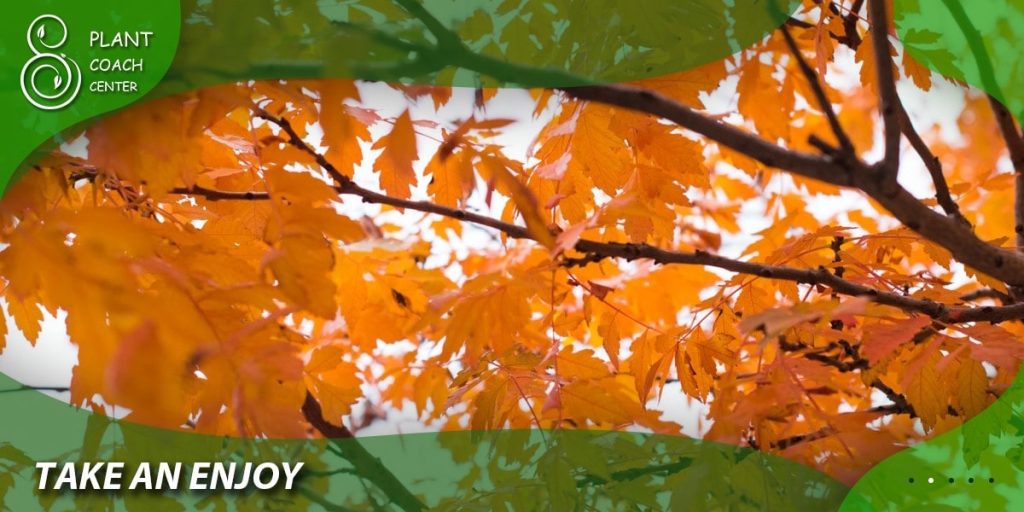
Harvesting and Enjoying Fall Produce
The culmination of your fall gardening efforts lies in the bountiful harvest. Here’s what you need to know about harvesting and enjoying your fall produce:
- Determining Harvest Times for Different Crops
– Refer to seed packets or plant labels for specific information on days to maturity and harvest times.
– Harvest leafy greens, like lettuce or spinach, when they reach the desired size, or root vegetables, such as radishes or carrots, when they develop a mature shape.
- Storing and Preserving Fall Harvests
– Properly store harvested vegetables in a cool and dry place, such as a root cellar or refrigerator, to prolong their freshness.
– Preserve excess produce through techniques like canning, freezing, or pickling, allowing you to enjoy the flavors of your fall garden throughout the year.
- Delicious Recipes for Fall Garden Bounties
– Explore a variety of recipes that highlight the flavors of fall produce. From hearty soups and stews to roasted vegetables and savory pies, the possibilities are endless.
Discover the joy of harvesting and savoring the flavors of your fall garden by exploring new recipes and preserving the abundance of your harvest.
Troubleshooting Common Fall Plant Problems
Despite your best efforts, garden challenges can still arise. Here are some common fall plant problems and strategies for addressing them:
- Yellowing Leaves and Nutrient Deficiencies
– Identify nutrient deficiencies through visual cues like yellowing leaves, stunted growth, or distorted foliage.
– Adjust soil pH and provide appropriate fertilization to address specific nutrient deficiencies.
- Insect Pests and Disease Prevention
– Implement preventative measures such as regular inspection, proper plant spacing, and promoting beneficial insects to control pest populations.
– Practice good sanitation by removing diseased plant material and disinfecting tools to prevent the spread of diseases.
- Dealing with Unexpected Weather Challenges
– Unpredictable weather events like heavy rainfall or sudden temperature fluctuations can impact your fall garden.
– Provide adequate drainage, reinforce plant supports, and make use of protective covers or structures to shield plants from adverse weather conditions.
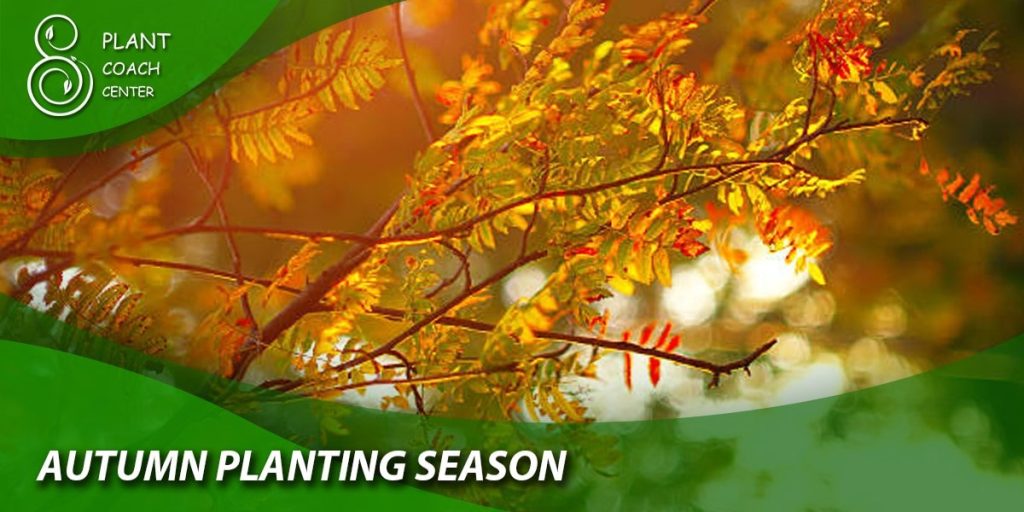
Conclusion: Embrace the Fall Planting Season with Confidence
Fall planting offers a wealth of opportunities to grow a diverse range of crops and create a stunning autumnal garden. By understanding the timing, selecting appropriate plants, and implementing proper planting and maintenance techniques, you can maximize your fall gardening success.
Remember to consider your specific region, climate, and hardiness zone when planning your fall garden. Utilize the resources available at PlantCoachCenter.com, such as region-specific planting guides and personalized advice, to make informed decisions and overcome any challenges that may arise.
Embrace the fall planting season with confidence, knowing that you have the knowledge and support to create a thriving and beautiful garden. Enjoy the process of nurturing your plants, harvesting the bounties of your labor, and savoring the flavors of fall throughout the season.
Happy fall gardening!
When should I plant for fall?
Late summer or early fall.
What is the best time to start fall planting?
September or early October.
Can I plant in late fall?
Yes, but it's best to plant earlier in the fall for optimal growth.
When is it too late to plant for fall?
Late October or November, depending on your region.


